Southern IL Bluffs
Do you have any thoughts on this post?
Right now, Congress is drafting the 2018 Farm Bill and sportsmen want to be a part of the conversation
There is no greater opportunity for conservation in America than the prospect of a new Farm Bill, especially considering that it accounts for nearly $5 billion in nationwide spending on soil health, water quality improvements, and on-the-ground habitat for the wildlife we love to pursue. But in agriculture-dominant states, the stakes are particularly high for landowners, sportsmen, and surrounding communities.
This is why the TRCP recently joined forces with the Illinois Conservation Foundation to speak with hunters and anglers in three local forums about the Farm Bill conservation programs that help create better habitat and access on private lands in the Prairie State. For me, it also meant that—not long after joining the TRCP as the new director of agriculture and private lands in D.C.—I was going home.
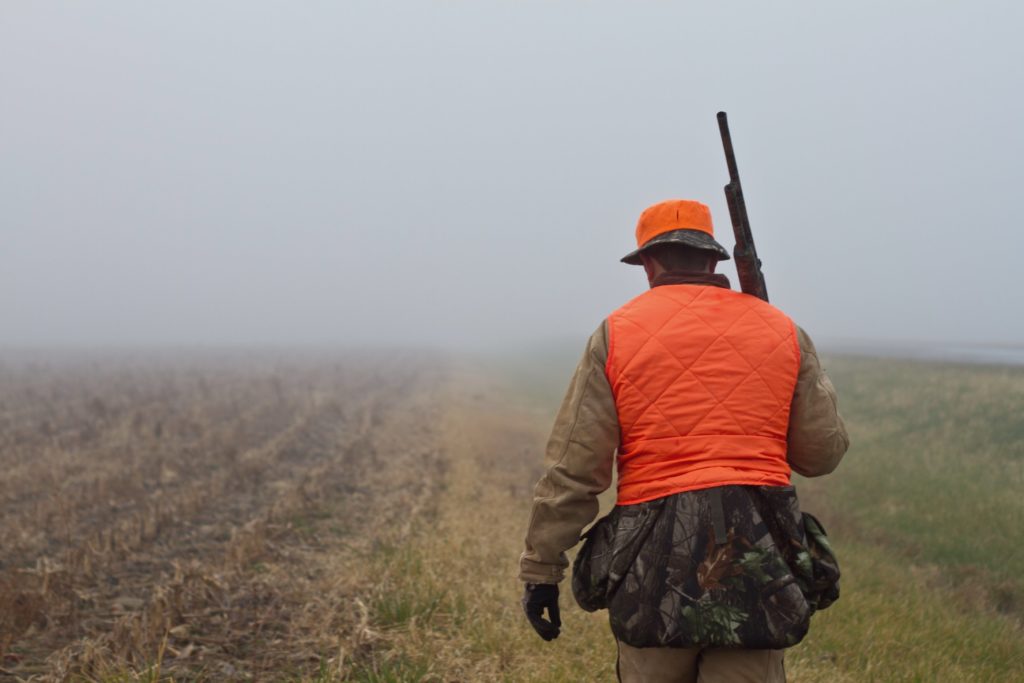
Illinois is 95 percent private land, and—as in many Corn Belt states—access for hunting and fishing is increasingly limited. It’s in places like my home state that the Farm Bill can be a game changer for the college kid who can’t afford a deer lease or parents who are looking for a place to take their kid hunting or fishing for the very first time. Through federal funding made available by the Farm Bill’s Voluntary Public Access and Habitat Incentive Program, the Illinois Recreational Access Program has opened up 17,600 acres of private land to the public for hunting and fishing. That’s a big win for sportsmen, but also the small businesses we rely on to keep us fueled, fed, and geared up for our adventures.
Illinois also boasts 87,110 miles of rivers and streams within the state and another 880 miles of river along its borders. This means that Illinois has a tremendous opportunity to utilize the conservation tools within the Farm Bill to improve water quality across the rest of the Mississippi River Basin. As farmers are incentivized to convert less productive croplands to habitat, the great side effect of creating better conditions for deer, ducks, and pheasants is capturing sediment, fertilizer, and pesticide run-off before it enters local waters.
As I can personally attest, Illinois is a very special place to grow up hunting and fishing. Like most, I started with a 4-10 shotgun and squirrels. When I wasn’t exploring the woods looking for greys and reds, it was blue gill with a cane pole. With coaching from my father and brother, I graduated to taking white tail with a bow and largemouth bass with a bait caster- all without ever leaving Southern Illinois.
Hunting and fishing is a critical component of the economy in Illinois. In total, the outdoor recreation economy accounts for $24.8 billion in consumer spending and directly supports 200,000 jobs. Sportsmen in Illinois also have the unique advantage of having three Representatives and one Senator on the House and Senate Agriculture committees that will craft the next Farm Bill.
After walking through the complex alphabet soup of Farm Bill programs and their benefits with nearly 100 sportsmen from Alton to Peoria, we expected (and encouraged) questions. But I was surprised by the most common thing we heard: How can we make our elected officials understand how important this is? Sportsmen and women were sold, and they wanted to carry the message to the people who needed to hear it.
At TRCP, we’re working to make it as easy as possible. For one thing, we share everything we know about the Farm Bill and how it can impact your hunting and fishing on our blog—click HERE to get the latest right in your inbox. We also give you as many chances as possible to contact your lawmakers directly on the issues that matter. Start now by sharing your story about the value of access and enhancing sportsmen’s opportunities to hunt and fish in the next Farm Bill.
If you’d like to learn more about the 2018 Farm Bill or talk about additional ways to get involved, contact me directly at amaggos@trcp.org.
When it comes to balancing development with stewardship of fish and wildlife habitat, mitigation is a critical conservation tool that more sportsmen and decision makers should understand
The simplest definition of mitigation is “the action of reducing the severity, seriousness, or painfulness of something.” A colleague of mine once shared a great metaphor that helps to explain the concept: Let’s say you and I are sitting at a bar enjoying our favorite beverage and you’ve finished half of yours when I suddenly knock it over, spilling what’s left.
Would you feel the effects of my actions were mitigated if I bought you half a drink? How about if I grabbed a napkin, soaked up the remains of your drink, and squeezed it back into your glass? Even if you were to accept this and drink the remaining soaked up beverage, it would be a loss to you.
Truly mitigating the impact I had on your evening would, at the very least, mean buying you a new drink. I should probably consider buying the next round, too, if I want to get invited again!
Now, what if the precious resource lost was not your favorite IPA, but fish and wildlife habitat?
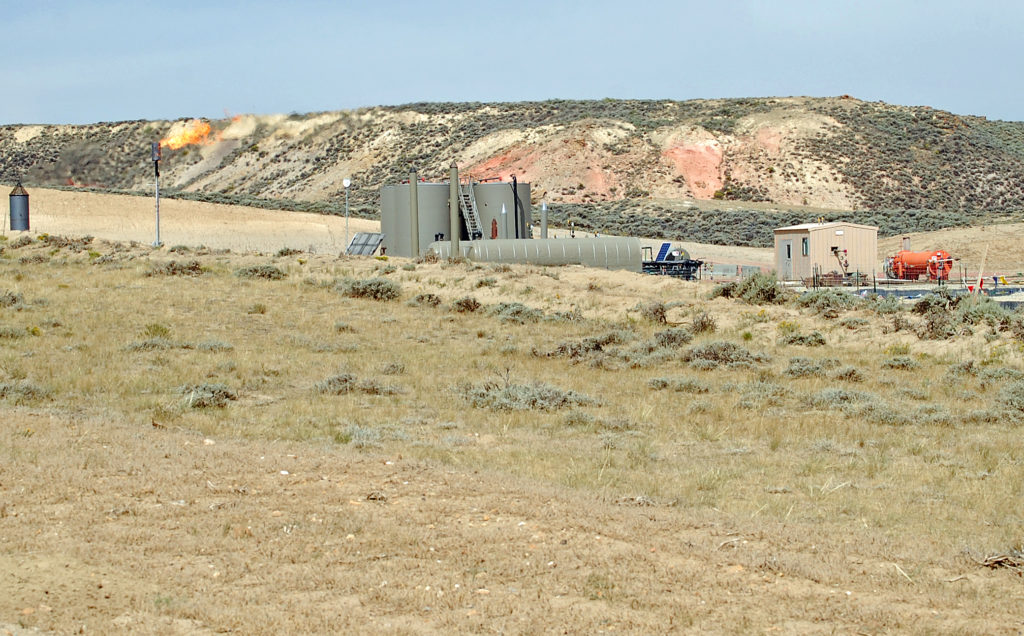
There is a foundational hierarchy to mitigation, and it starts with doing no harm: The very best way to mitigate impacts of development on habitat is to avoid those impacts in the first place. After all, some places are just too important to develop, or it might not be possible to replace that habitat elsewhere.
Think about the very best wintering area for a mule deer herd. Some may argue those deer “will just go somewhere else” if a project goes in that would have impacts. But will they? Even if they do alter their course, we have no way of knowing if they are just as likely to survive a harsh winter on different terrain. Wouldn’t it be better to avoid the area in the first place?
The next step in this hierarchy is to minimize impacts. A project developer should employ a wide range of actions to avoid as much disturbance as possible to animals in the area. For example, a proposed transmission line could be located along an existing road system to minimize fragmenting otherwise undisturbed habitat. Or, loud noises could be minimized in a variety of ways to lessen disturbance to animals.
If unavoidable or unforeseen impacts occur, the next step in the mitigation hierarchy is to compensate for the loss by creating habitat somewhere else. This might involve securing a conservation easement on private land or restoring adjacent habitat with treatments designed to improve conditions for the affected species overall. Compensatory mitigation for a new road system or oil and gas field in sagebrush habitat could involve, for example, payments by the developer to cut invasive juniper trees that have pushed out sage species’ preferred cover.
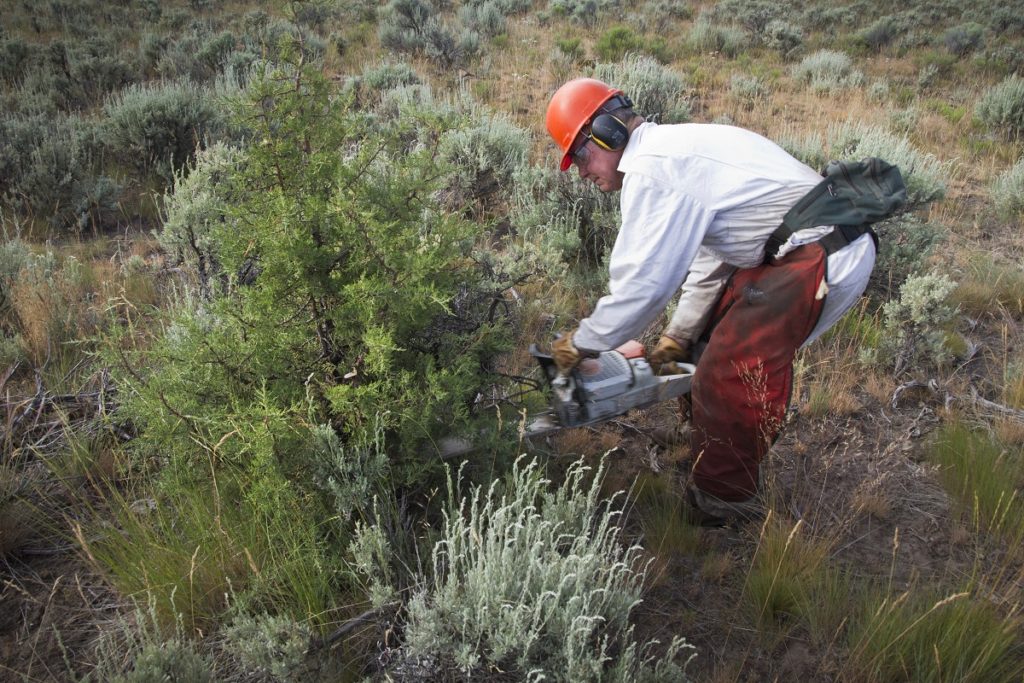
A very important consideration when determining how much compensatory mitigation is needed is understanding how animals respond to the project. Sometimes it’s not enough to replace the habitat removed in the area of a well pad, road, or wind turbine—often referred to as the “footprint” of the project. At times, the affected wildlife might also avoid using what looks like perfectly good habitat around the project footprint because they just don’t like being near the infrastructure, noise, or humans. In this case, to truly mitigate the actual impact, we have to figure out the footprint plus the area the animals avoid near it and replace that habitat elsewhere to achieve what is called “no net loss.”
Mitigation that only accounts for the footprint of the project is almost always a loss—think about that half a beer I spilled. Buying my buddy half a pint doesn’t really set the situation right, even though I’m technically replacing what he lost. There’s no other way to go from less habitat to no net loss of habitat unless mitigation accounts for the entire area affected by the presence of a project.
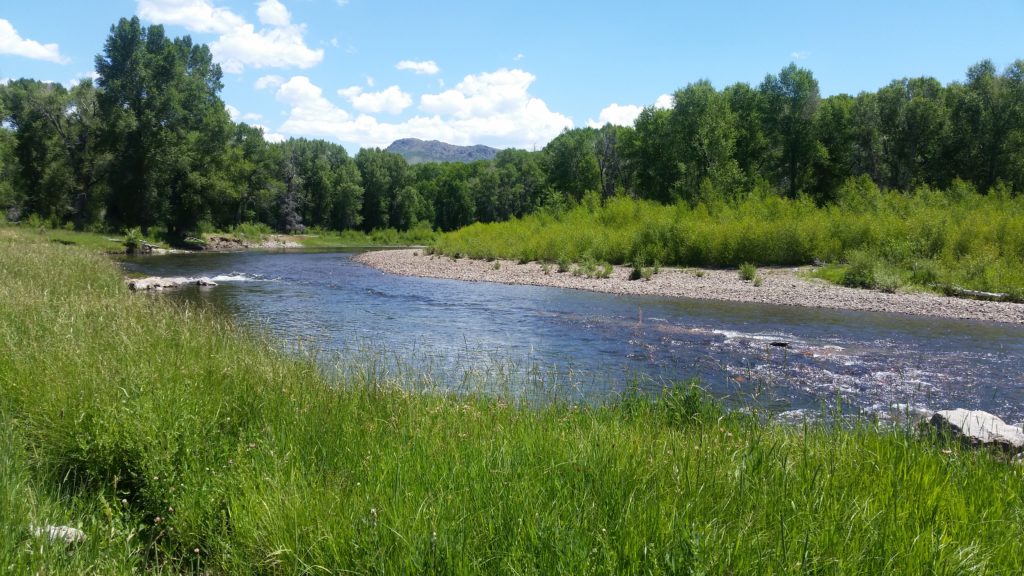
So why does all this matter for sportsmen and women? Without mitigation as a tool for conservation, development equates to a loss of fish and wildlife habitat—plain and simple. That’s why the TRCP is working with our partners and a wide range of conservation and sportsmen’s groups to speak up for habitat mitigation, especially where there’s an appetite for more development on public lands.
Lost habitat equals fewer animals, less opportunity for hunters and anglers, and a hit to the local outdoor recreation economy. Sportsmen and women must stay informed and engaged, even on public land management issues as complex as mitigation, so we don’t wind up settling for half a beer.
This post was originally published in March 2018 and has been updated.
UPDATED 1/23/2018: On Monday, Congress ended the three-day government shutdown by passing a short-term funding agreement through February 8. Congress now has just a few legislative work days to figure out a more durable and bipartisan path forward on a host of issues before facing another shutdown crisis. By that time, the federal government will have been funded by short-term agreements for at least one third of fiscal year 2018, which began on October 1, 2017.
Posted 1/20/2018:
Congress’s failure to pass a stopgap spending bill means on-the-ground conservation professionals across the federal government won’t be reporting for work
This morning, the federal government will begin the process of closing, after the Senate was unable to pass a stopgap spending bill Friday night.
The effects of a government shutdown will be felt most acutely by sportsmen and women who were planning late-season hunts on national public lands and those who fish on lakes, rivers, and reservoirs administered by the Army Corps of Engineers or Bureau of Reclamation. Conservation projects will come to a standstill as federal land management agency staff are furloughed until Congress can reach an agreement.
“Although there’s less disruption to hunting and fishing opportunities at this time of year, we’re still disappointed to see this inability to find common ground and keep funds flowing to agencies that administer conservation and public access to America’s best fish and wildlife resources,” says Whit Fosburgh, president and CEO of the Theodore Roosevelt Conservation Partnership.
The closure of national forests, national wildlife refuges, and other public lands during the 16-day shutdown in October 2013 sparked outrage and prevented licensed sportsmen from accessing hunting and fishing areas, while many outdoor recreation businesses were forced to cancel client bookings at the start of the lucrative fall season. This time around, the Interior Department has said that public lands will remain “as accessible as possible,” but that some areas could be closed without staff, campground maintenance crews, or rangers to patrol culturally sensitive or backcountry areas for visitor safety.
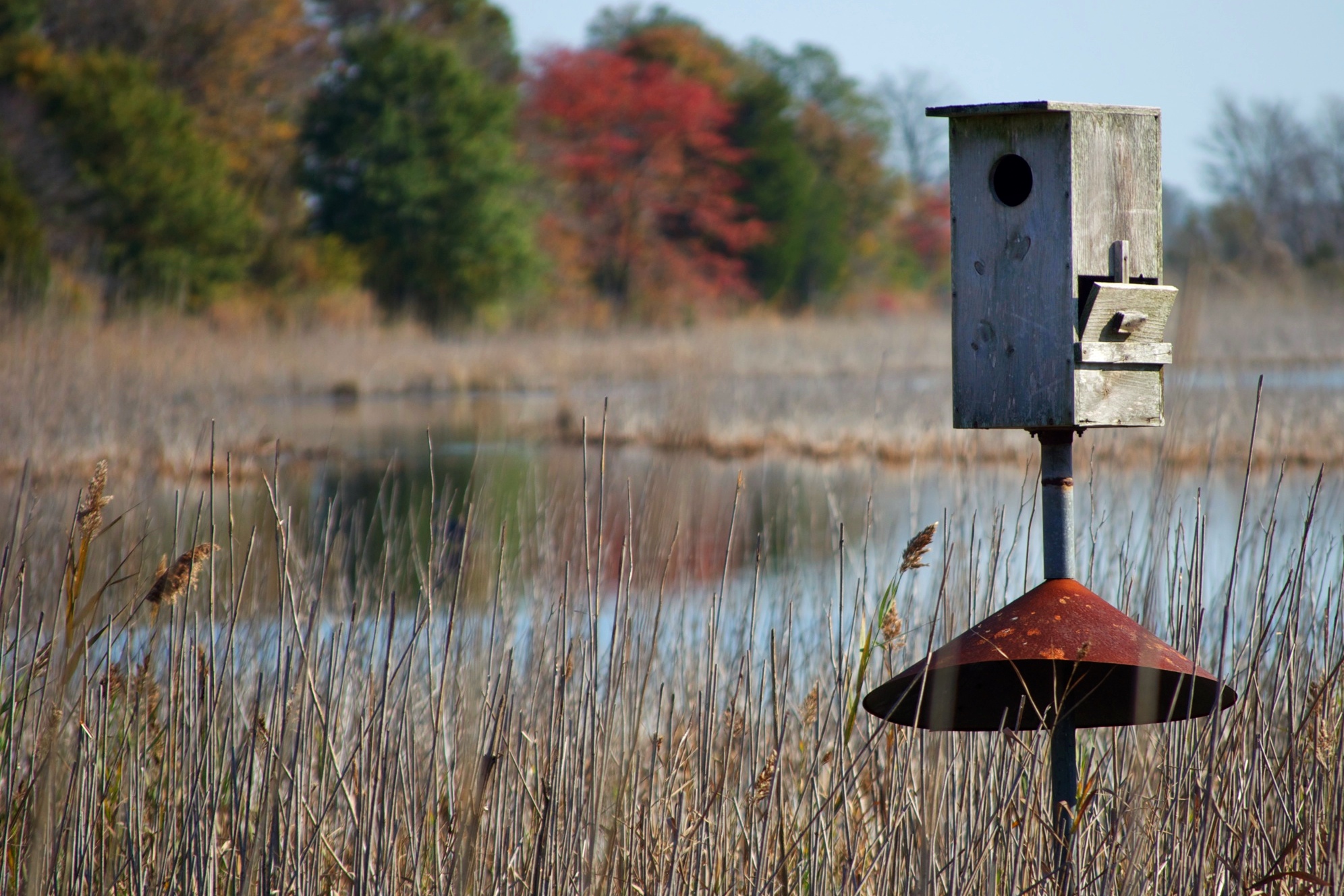
The impacts of a federal shutdown are not limited to national public lands and waters. Private lands conservation professionals at the USDA’s Natural Resources Conservation Service will be staying home instead of helping farmers and ranchers write conservation plans or prepare for the critical spring planting season. And everything from fish passage projects to chronic wasting disease research will be on hold.
“Hunters and anglers have a long list of things that Congress needs to address, including a much-needed funding fix for catastrophic wildfires,” says Fosburgh. “The continued brinksmanship on Capitol Hill serves no one; it only locks in problems and pushes real solutions further down the road. The public deserves better from its elected leaders.”
Top photo by Wisconsin DNR via flickr
For decades, 500 Wilderness Study Areas in the West have awaited individual acts of Congress to resolve how they should be managed, and those closest to the land are finally helping to make the call—wilderness or something else?
When archery hunter Harvey Dalton drew a coveted bighorn sheep tag for the Dubois Badlands in Wyoming, he knew he was in for a hunt of a lifetime. After all, he’d been applying and collecting preference points for 40 years before drawing the tag.
Unlike most bighorn hunting units where it takes hours in the saddle or on foot to get into the backcountry of rugged northwest Wyoming, the Badlands has plenty of road access. But it certainly wasn’t flat hiking further into the steep draws where sheep are often tucked away. The sweat equity Dalton put in over four weeks made connecting with a big ram even more meaningful, but he was troubled by evidence of ATV and dirt bike use he saw in areas where there should have been none.
Unfortunately, while the Dubois Badlands remains a Wilderness Study Area—one of more than 500 parcels of public land across the West set aside decades ago as potential wilderness—there continues to be confusion from public land users, and even land managers, about what kinds of activities are allowed there.
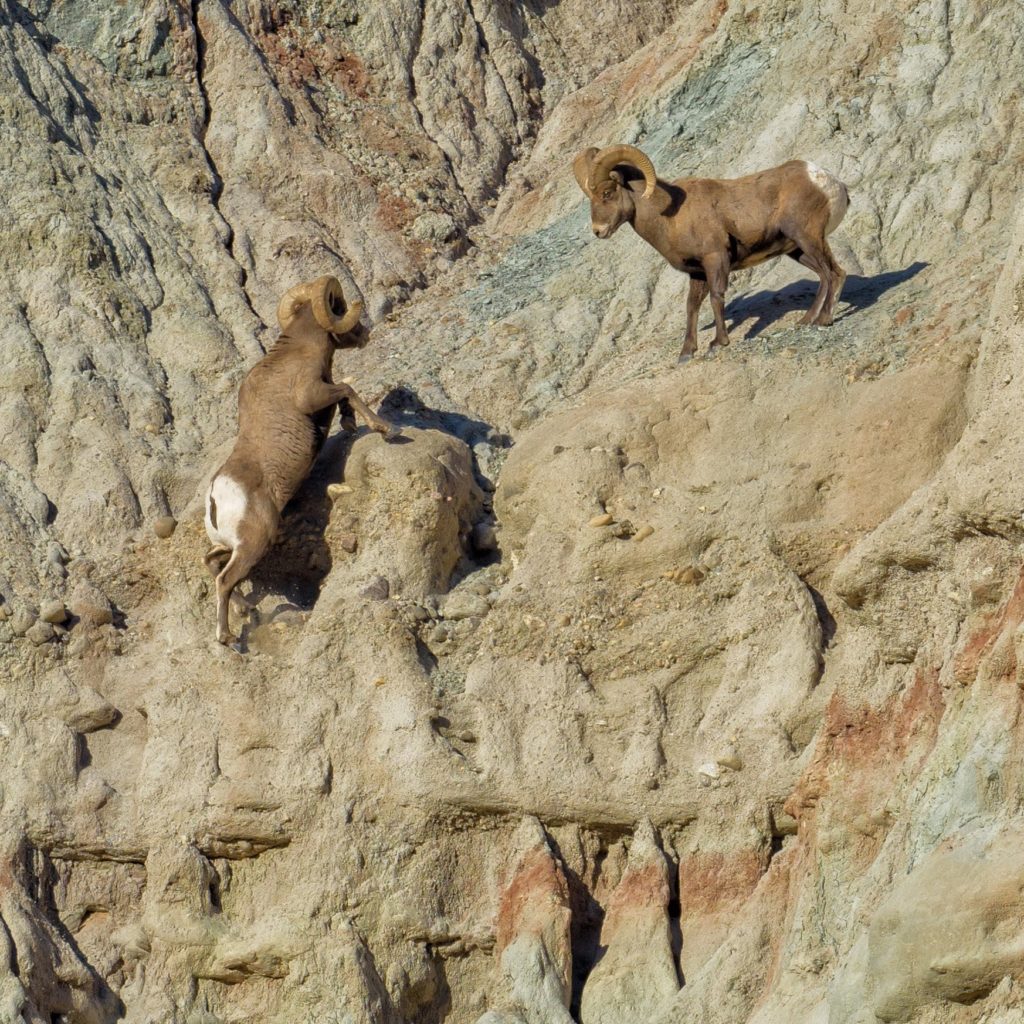
In 1976, legislation directed the Bureau of Land Management to inventory undeveloped public land for areas that could be managed as wilderness, for the opportunities to find solitude or pursue traditional outdoor recreation. This resulted in almost 13 million acres identified as Wilderness Study Areas, but they weren’t meant to stay in limbo forever. It takes an act of Congress to change the status of these areas, by either designating them as wilderness or releasing them to be managed for other uses, so the process of reaching a final resolution has been slow—as in decades long.
Wyoming has yet to resolve any of its 42 Wilderness Study Areas encompassing 570,000 acres, including the Dubois Badlands. Sportsmen and others are hoping to finally make some progress through the Wyoming Public Lands Initiative—a process where stakeholders, including the public, can weigh in on how the land ought to be managed and make recommendations to legislators.
Here is how the WPLI works: Counties have the option to join the initiative and develop citizen advisory committees made up of hunters, ranchers, energy industry representatives, and other public land stakeholders. Committees listen to public comment and data from agencies, spend time on the ground, and work to reach recommendations for whether Wilderness Study Areas in their county should be designated wilderness, released to be managed for multiple-use, or given some other type of designation. Recommendations from across the state go to elected officials and, if all goes according to plan, eventually become law. It’s no simple task.
This collaborative, local approach has worked well in other Western states. Nevada has been a leader in addressing Wilderness Study Areas since the 2000s—compromises came out of the counties and eventually resulted in bipartisan bills from Congress that struck a balance between conservation and development needs. Some of these efforts were successful within just a few years; others took public land users on a decades-long rollercoaster ride.
It was always worth it, but it had to be done thoughtfully, one study area at a time. One-sided proposals that either designate all areas as wilderness or release all of them get introduced in almost every legislative session—and die as fast as an antelope shot through the heart.
In fact, right now in Wyoming, proposed legislation that would release many of Wyoming’s Wilderness Study Areas is causing confusion and could undermine the work that locals have accomplished through WPLI.
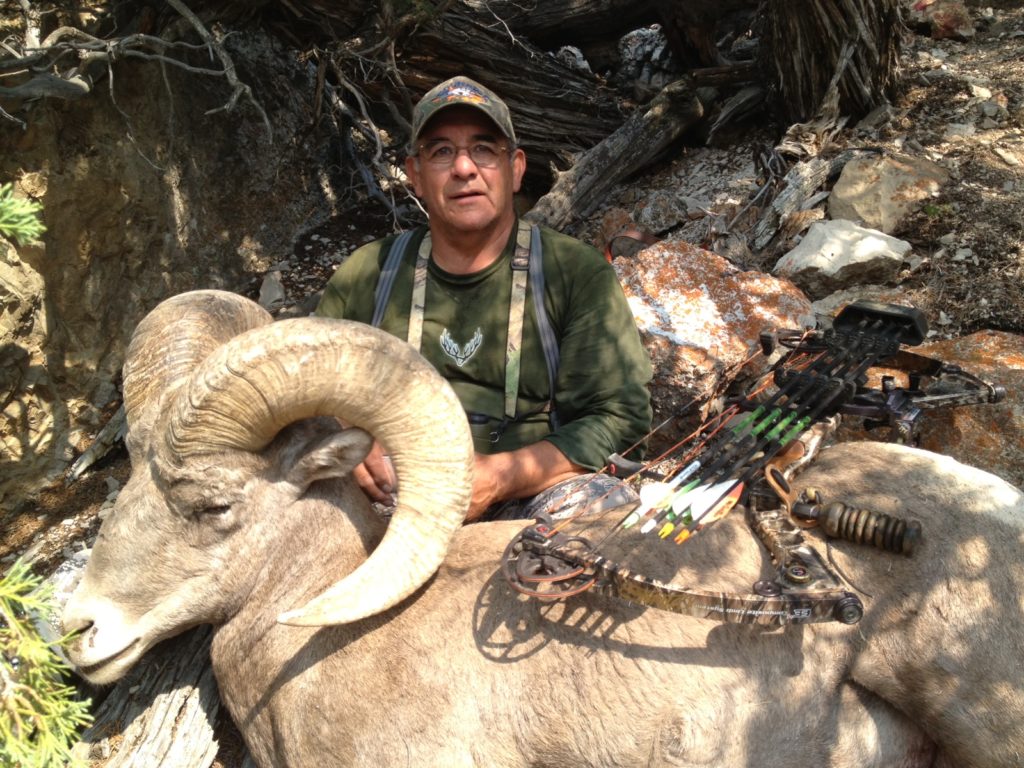
While we currently know them as Wilderness Study Areas, these are also the places where we’ve enjoyed epic fishing with friends, camping in remote canyons with more deer sign than human tracks, or the sheep hunt of a lifetime. These areas matter and we owe it to them to follow through on what we started in 1976. The WPLI effort is an opportunity to clarify the future management of these lands and provide certainty to all who rely on them.
This is why the TRCP is representing sportsmen on the Fremont County committee and collaborating with our local partners—like Bowhunters of Wyoming, where Dalton serves as vice president—in other counties to finally resolve the status of these public lands. We want to make sure that the best possible path forward for management of fish and wildlife is clear, not confusing, and that areas like the Dubois Badlands continue to provide quality backcountry hunting and fishing opportunities.
But we can’t do it alone. Sportsmen and women are some of the most active users of our public lands and, as such, perhaps some of the most knowledgeable about current conditions. We also have a lot at stake in management changes. If you want to share your input with the WPLI committees or attend a meeting, learn more here.
You can also encourage our decision makers to advocate for responsible management of public lands, especially through initiatives that bring locals to the table, by signing the Sportsmen’s Country petition. It’s our latest effort to safeguard public-land hunting and fishing opportunities by not only keeping public lands public, but also keeping them well-managed. Help us get to 10,000 signatures this year!
Top photo courtesy of Bill Sincavage @jakeysforkwyoming.
From now until January 1, 2025, every donation you make will be matched by a TRCP Board member up to $500,000 to sustain TRCP’s work that promotes wildlife habitat, our sporting traditions, and hunter & angler access. Together, dollar for dollar, stride for stride, we can all step into the arena of conservation.
Learn More
